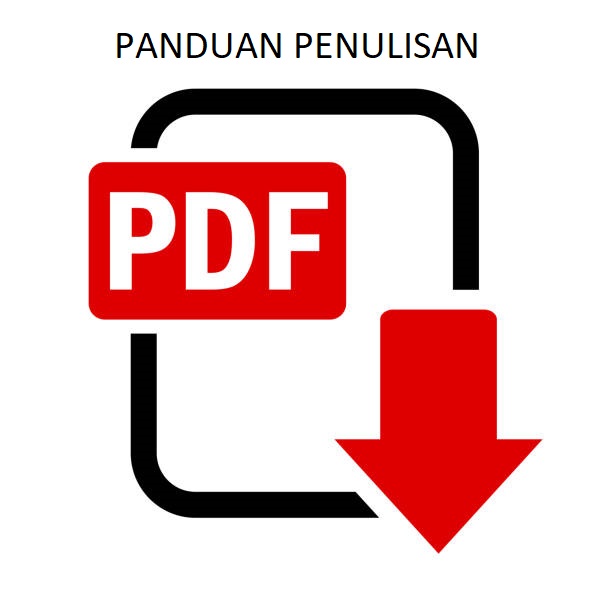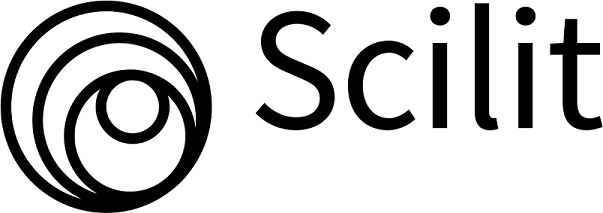Analisis Laju Korosi Dan Maximum Allowable Working Pressure (Mawp) Pada Jaringan Pipa Hydrant
DOI:
https://doi.org/10.35814/steknobiz.m80e334Keywords:
fire fighting, SNI, NFPA, Korosi, Ultrasonic Thickness Measurement, Scanning Electron Microscopy, Energi Dispersive X-ray, Maximum Allowable Working PressureAbstract
Development in urban areas is increasingly developing, with various designations, various buildings are built to meet the needs of human life. With the continued growth of gedeung buildings in cities, the availability of land is increasingly expensive because it is limited. High-rise buildings are one of the solutions to this problem, with multi-storey buildings with limited land can get large functions according to the needs of the building designation. The tall building that we usually call a High Risk Building is growing rapidly with the concept of design and construction built with various characters and technological sophistication in it. The building safety system against fire hazards that we know as the Fire Figthing System is one of the systems that must be present in high-rise buildings and one of them is the hydrant system in high-rise buildings. Hydrants must be designed in accordance with existing standards and regulations such as the National Fire Fighting Association (NFPA), SNI, local regulations and other government regulations. With the pressure on the hydrant pipeline network, carbon steel pipes are an option, with water fluid as a standby extinguishing medium in the carbon steel pipeline network, the potential that occurs is corrosion. In the installed hydraulic pipe network already has an installed life of approximately 15 years, then corrosion must occur, with the measurement method using UTM (Ultrasonic Thickness Measurement) the thickness of the existing pipe can be determined. So that it can be calculated whether the corroded pipe network is still safe to use or needs to be replaced with a new pipe. The surface morphology and corrosion products are characterized using Scanning Electron Microscopy (SEM), and Dispersive X-ray Energy (EDX) to determine the characterization of the corrosion process and the elements that cause the corrosion. With a series of checks and calculations of the Maximum Allowable Working Pressure (MAWP) on the hydrant pipeline network, it will be answered whether the installed hydrant pipeline network can still withstand internal pressure.
Downloads
References
[1.] E. A. Damayanti, B. Antoko, and B. W. Karuniawan, “Analisis Laju Korosi dan Lifetime Pipa Underground Baja Karbon A53 dengan Wrapping Protection.”
[2] Systems, E. (2021). White Paper 09 / 2021 How to Avoid Corrosion in Sprinkler Piping Fendium White Paper 09 / 2021 How to Avoid Corrosion in Sprinkler Piping.
[3] P. Pt et al., “Prosiding Teknik Pertambangan Penentuan Laju Korosi dan Sisa Umur Pakai Pipa (Remaining Service Life) pada Jalur Pipa Transportasi Kondensat SP Subang-SP Determination of Corrosion Rate and Remaining Service Life Of Pipe (RSL) on Transportation of Condensate Pipe SP Subang to SP Pegaden PT Pertamina EP Asset 3 Subang Field, Pagaden District, Subang Regency, West Java Province”.
[4] Supriyadi, “PENGARUH KONSENTRASI KLORIDA TERHADAP LAJU KOROSI INTERNAL PIPA BAJA API 5L GRADE MENGGUNAKAN METODE PENGUKURAN METAL LOSS DENGAN ULTRASONIC,” 2020.
[5] D. Irwanto, Y. Basir, and M. Pamuji, “STUDI KOROSI PADA PIPA MENGGUNAKAN METODE IMPRESSED CURRENT DI PETROCHINA INTERNATIONAL JAMBI.Ltd 1).”
[6] A. Hartadi, A. A. Rosidah, D. Suheni, I. T. Adhi, and T. Surabaya, “Analisis Laju Korosi dan Sisa Umur Pakai Pada Sistem Perpipaan Stasiun Penerima Gas Bumi.”
[7] J. MRIHARDJONO, H. A. POHAN, and S. DARMANTO, “Failure Analysis at Stem Valve Fire Hydrant in LNG Plant,” Journal of Vocational Studies on Applied Research, vol. 1, no. 2, Nov. 2019, doi: 10.14710/jvsar.v1i2.4527.
[8] “17- PERGUB DKI NO.200 THN 2015-AKSES PEMADAM KEBAKARAN”.
[9] “7- PERDA DKI NO.7 THN 2010- BANGUNAN GEDUNG”.
[10] “15- PERDA DKI NO.8 THN 2008-PENCEGAHAN & PENANGGULANGAN BAHAYA KEBAKARAN”.
[11] M. Nofri and A. Fardiansyah, “ANALISIS SIFAT MEKANIK PIPA CARBON STEEL GRADE A A106 DAN GRADE B A53 UNTUK PROSES PRODUKSI PADA KILANG LNG,” 2018.
[12] M. M. Pilette, T. C. Brown, and K. C. Hein, “Technical Committee on Standpipes.” [Online]. Available: www.nfpa.org/disclaimers.
[13] ASME. (2021). ASME BPVC Section VIII División 1. 651–652. “UNDANG-UNDANG REPUBLIK INDONESIA NOMOR 28 TAHUN 2002 TENTANG BANGUNAN GEDUNG DENGAN RAHMAT TUHAN YANG MAHA ESA PRESIDEN REPUBLIK INDONESIA.”
[14] “19- SNI 03-1745-2000-TATACARA PEMASANGAN PIPA TEGAK & SLANG BAHAYA KEBAKARAN”.
[15] P. Menteri and P. Umum, “MENTERI PEKERJAAN UMUM REPUBLIK INDONESIA.”
[16] “PERATURAN MENTERI PEKERJAAN UMUM.”
[17] I. P. Windiari and E. J. Sijabat, “INSPECTION, TESTING AND MAINTENANCE PUMP ELECTRIC & INDOOR HYDRANT DI PT. KILANG PERTAMINA INTERNASIONAL RU VI BALONGAN-INDRAMAYU,” vol. 4, no. 3, 2023.
[18] ASME V. (2023). Nondestructive Examination SECTION V 2023 ASME Boiler and Pressure Vessel Code An International Code. www.asme.org/cer
[19] ASTM International. (2008). Standard Test Method for Atomic Emission Vacuum Spectrometric Analysis of Carbon and Low-Alloy Steel 1. Designation: E415-08, 1(1), 1–9. https://doi.org/10.1520/E0415-08.2
Downloads
Published
Issue
Section
License
Copyright (c) 2025 Teknobiz : Jurnal Ilmiah Program Studi Magister Teknik Mesin

This work is licensed under a Creative Commons Attribution 4.0 International License.




















